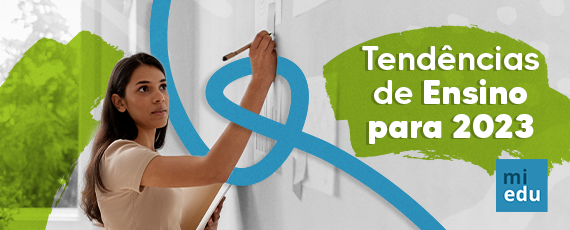Como educadores de todo o mundo estão implementando Mobile Learning
In less than a decade, mobile technology has spread to the furthest corners of the planet. Of the estimated 7 billion people on Earth, 6 billion now have access to a working mobile phone. Africa, which had a mobile penetration rate of just 5% in the 1990s, is now the second largest and fastest growing mobile phone market in the world, with a penetration rate of over 60% and climbing.
The phones themselves are not advanced by developed nations’ standards. Most people in developing countries have what are called “feature phones,” which are less sophisticated and powerful than smartphones and have fewer features. But they do have numeric keypads, and can access the internet on a tiny screen–which, by the way, is not a tiny screen to them but a window of vast opportunity.
Other types of mobile technology have spread to these corners too. In areas where schools can’t afford to receive traditional educational materials, mobile devices have moved in. One library in Ghana that has no books on its shelves, but now has an e-reader, giving the students of its village access to hundreds of books that could never be physically sent to the library.
Still, UNESCO reports that 250 million students worldwide cannot read, write, or count, even after four years of school. Close to 775 million adults– 64% of whom are women–still lack reading and writing skills, with the lowest rates in Sub-Saharan Africa and South and West Asia.
How schools respond to the growth of mobile devices will affect generations of students and their readiness for college and the workforce. It will also impact how well teachers, administrators, and staff do their jobs. We must all do our best to ensure that accessibility and quality remain top priorities as technology develops.
Leia mais: http://bit.ly/1oLGtkh


